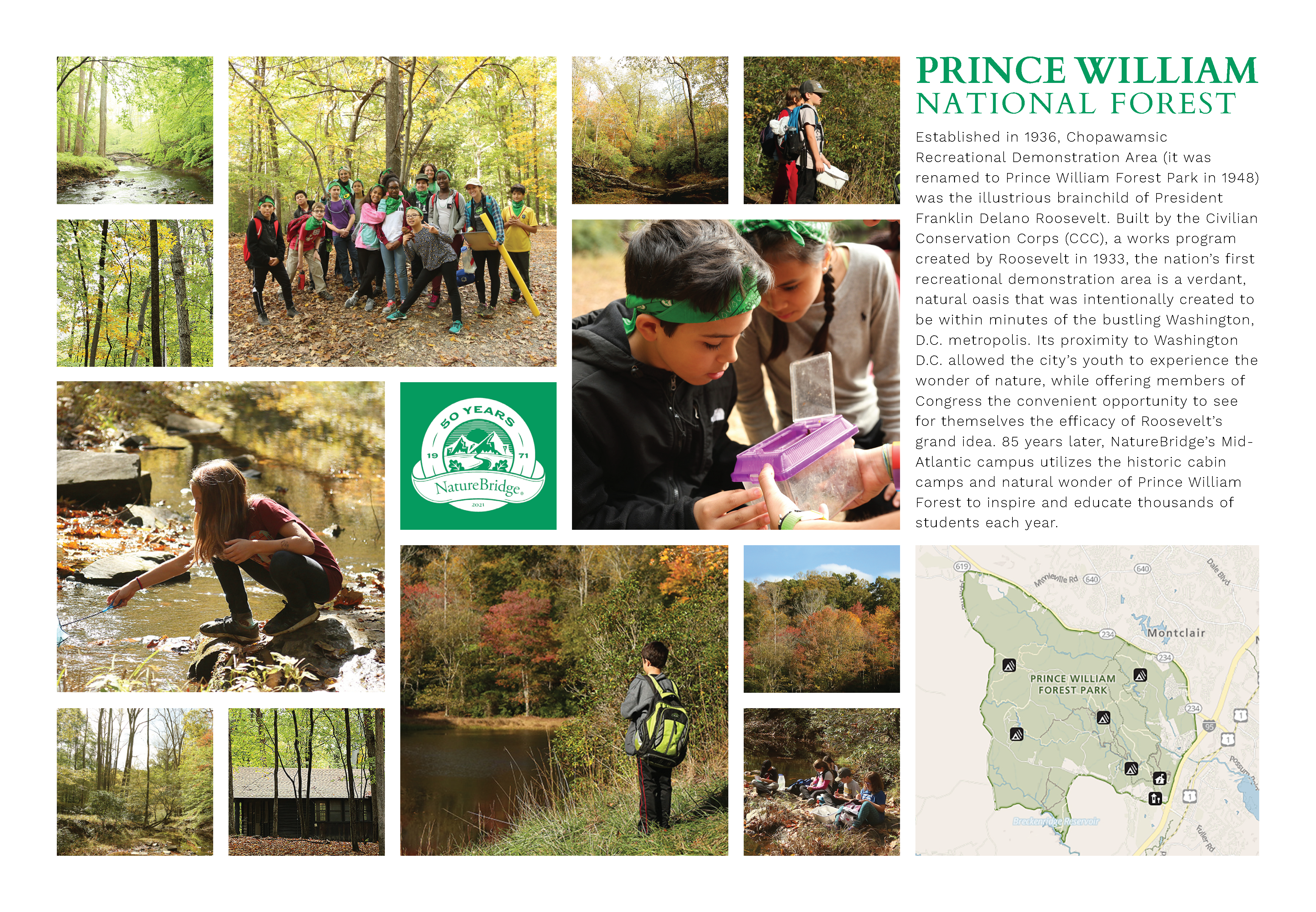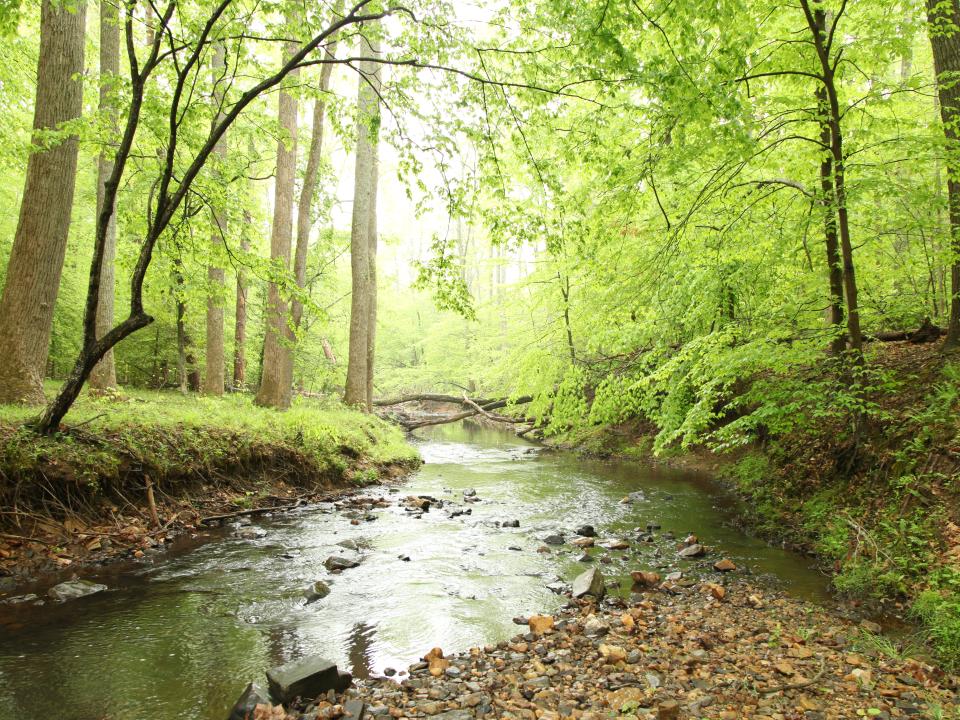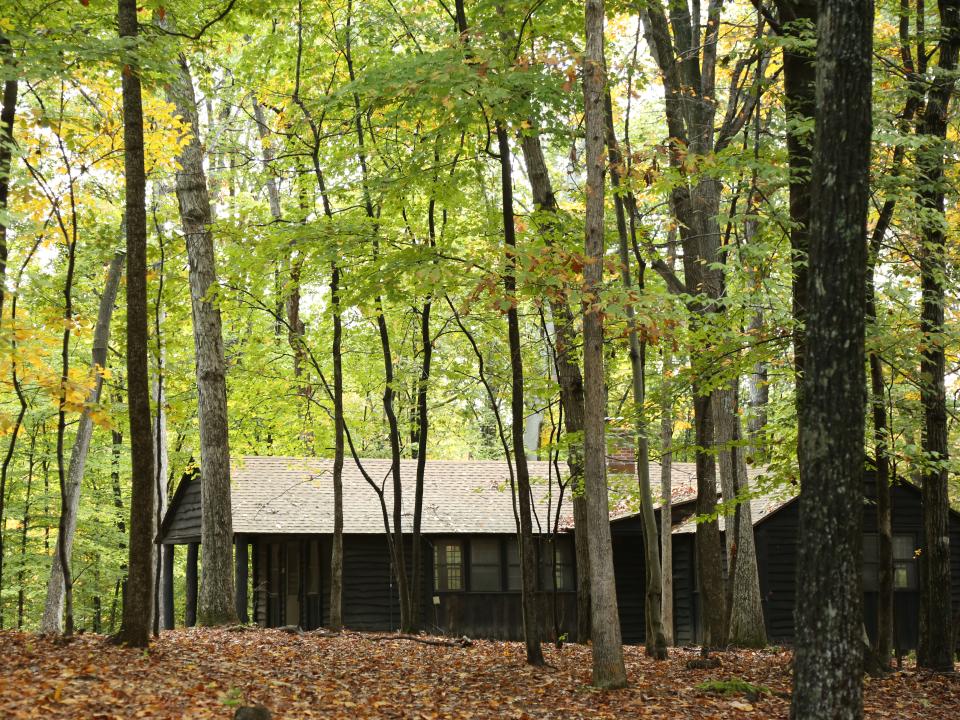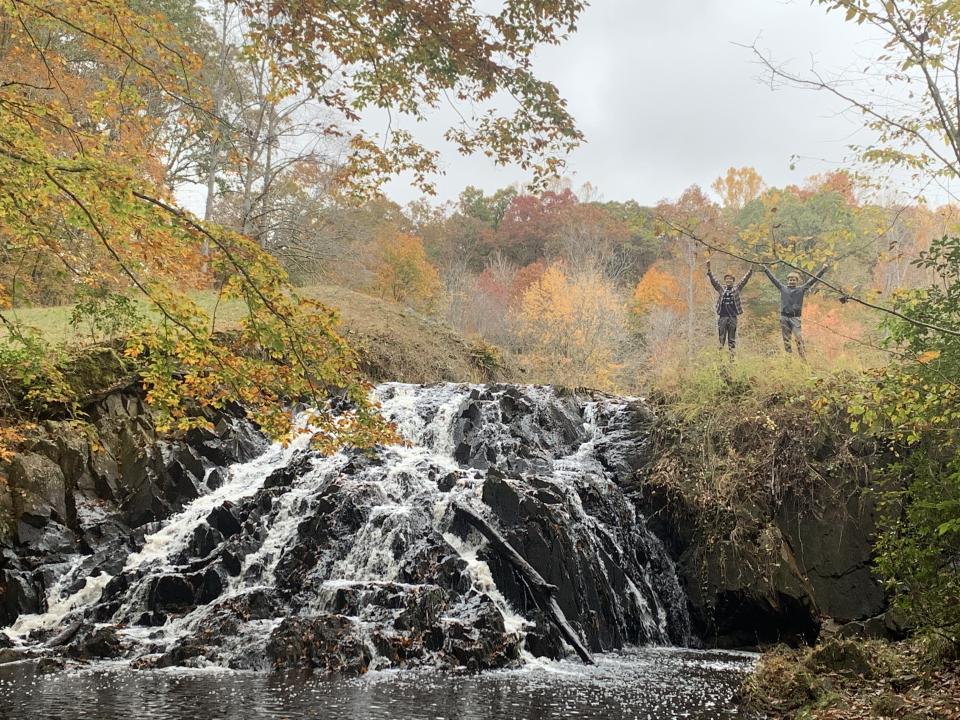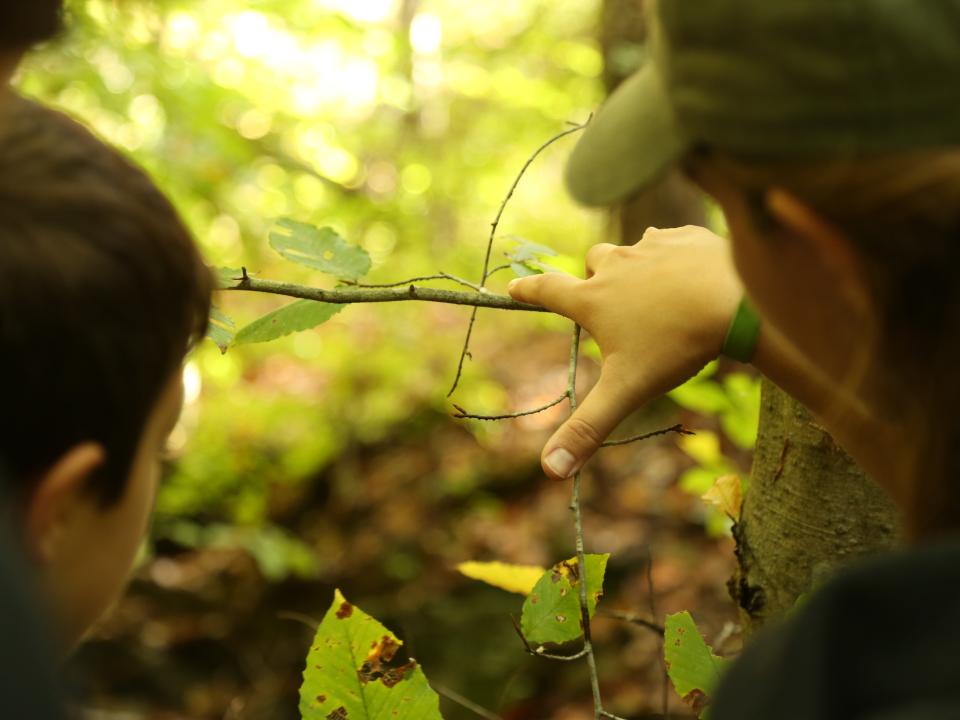Sense of Place series: Welcome to Prince William Forest Park!
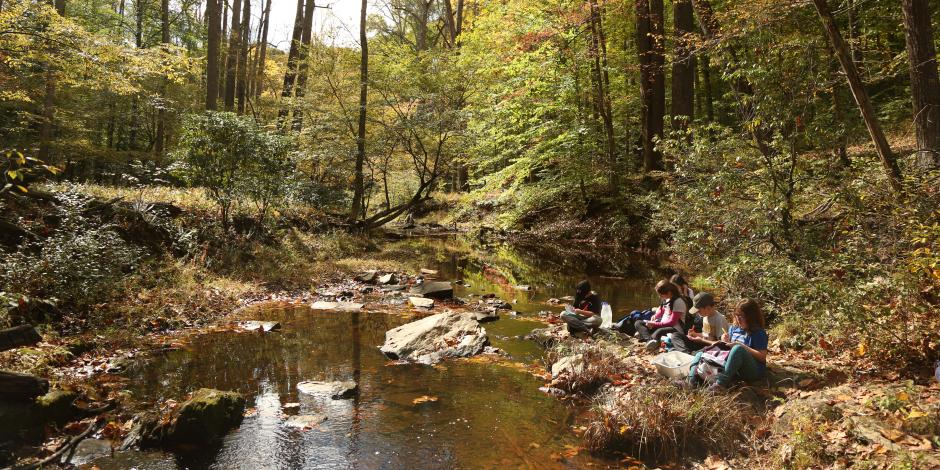
What is Sense of Place? All NatureBridge programs are structured so students develop a Sense of Place. Students connect with the place where their NatureBridge experience occurs and the people with whom they are sharing the experience. This creates a safe and comfortable environment that is conducive to learning and makes the experience relevant to students.
Welcome to… Prince William Forest Park
Prince William Forest Park is the largest green space in the Washington, D.C. metropolitan area and is home to the Chesapeake Bay Watershed. Its unbroken Piedmont forest ecosystem houses miles of trails that run through the park, offering new creeks, lakes, waterfalls and rare flowers at every turn. The park boasts hills covered with oak, hickory, chestnut, and other deciduous trees. Prince William Forest Park provides a unique learning haven for our students to roam the forests, marshes and shores of the Potomac and other rivers.
The Human Story
Prince William National Forest is on the ancestral and present day homelands of the Doeg, Monacan, Patawomeck and Piscataway Indian Tribes. They are the original caretakers of the land and have been for the last 10,000+ years. For their sake and for the sake of the natural systems and their inhabitants, we aim to respect this land on which we are humble visitors.
Fast Facts
- 16,000 Acres
- 35 miles from Washington D.C.
- 37 miles of hiking trails
- 129 species of birds and 900 plant species
- Home to an abandoned pyrite mine on Quantico Creek
A (very brief) Timeline of Prince William National Forest Park:
- 1880's - Pyrite (fool's gold) was "discovered" by John Detrick in Quantico Creek. A mine was built by 1889
- 1920 - Mine closed, causing massive environmental destruction
- 1936 - The land was classified as a Recreational Demonstration Area (RDA) and opened to the public as part of a New Deal program reclaiming marginal farmlands for recreational areas
- 1938 - Cabin Camp One became the home of the Twelfth Street YMCA summer camp, the oldest African American YMCA in the country
- 1940 - the RDA was officially transferred to the National Park Service and was named Chopawamsic National Capital Park
- 1942-1945 - The park was leased to the War Department (a predecessor to the Department of Defense) as a training base for American spies. After World War II, the National Park Service re-opened the youth summer camps and continues to manage them as group recreation destinations today
- 1948 - Congress changed the park’s name to Prince William Forest Park
- 1994 - Commonwealth of Virginia and the National Park Service began a reclamation project to improve water and soil quality, which was devastated by the defunct mine. Before restoration efforts began, the pH of the water in Quantico Creek (directly in front of the mine site) was 2.8, equal to that of vinegar
- 2012 - NatureBridge campus opened
NatureBridge Campus and Programs:
Our campus is located at Cabin Camp 1 and is made up of several cabins, a dining hall and craft lodges which can be used as indoor teaching spaces. The Cabin Camp was the site of a Depression-era summer camp has a very rustic feel that allows students to feel fully immersed in the forest environment.
